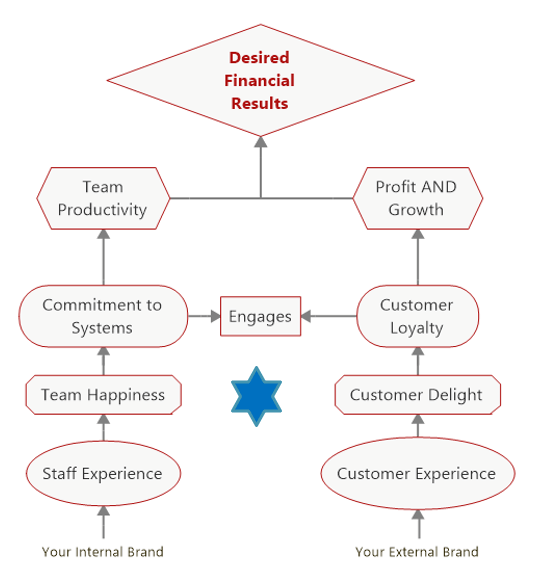February 9, 2022
Building strategic relationships — Part 1
 Last month, one of the virtual seminars I presented at Congress Conference Redefined seemed to strike a surprising response in terms of participant engagement and curiosity. I thought my readers here would like to learn the highlights too. Reading a 1,000 word column isn’t quite the same impact as a 55-minute live presentation, so, I will share the highlights here, and in my column next month.
Last month, one of the virtual seminars I presented at Congress Conference Redefined seemed to strike a surprising response in terms of participant engagement and curiosity. I thought my readers here would like to learn the highlights too. Reading a 1,000 word column isn’t quite the same impact as a 55-minute live presentation, so, I will share the highlights here, and in my column next month.In my opinion, relationships can either help to make your business stronger, or they can break it. A few key, solid, well timed relationships can launch your business to the next level — and they can be your steady bread and butter. They can provide insight and creativity to innovate, pivot, and re-invent. They can challenge your status quo — pushing you to stretch your talent and beliefs. And if you create a strategy and follow an intentional framework to guide you to develop key relationships, your company will benefit from it greatly.
Without developing strategic relationships when you need them most, you’ll be paddling upstream by yourself to keep your business moving forward, one inch at a time.
So, how do you go about improving the breadth, depth and quantity of relationships? How do you prioritize what relationships to nurture and abandon? Here are the first of four steps to focus your energy and launch your relationship results:
Step 1
Be intentional where you spend your time relative to developing important relationships in your business — suppliers, customers, advocates, allied trades, etc. Consider these three categories:
Return on time invested (ROTI):
This is the return to you for your time invested in the business. It could be salary, commission, dividend, bonus, profit, etc.
Potential return on time invested (PROTI):
This is the return to the business on the time you spend outside of work tasks. For example, networking at a local business group event, peer groups, online communities, etc.
Return on relationships (ROR):
This is the returned intrinsic value to the business from relationships developed with suppliers, employees, colleagues, competitors, customers, and community influencers. It’s your word-of-mouth referral base.
By taking stock of the activities you do which directly and indirectly support relationships, you’ll be equipped to develop the key relationships your business needs to thrive.
Return on time invested (ROTI):
This is the return to you for your time invested in the business. It could be salary, commission, dividend, bonus, profit, etc.
Potential return on time invested (PROTI):
This is the return to the business on the time you spend outside of work tasks. For example, networking at a local business group event, peer groups, online communities, etc.
Return on relationships (ROR):
This is the returned intrinsic value to the business from relationships developed with suppliers, employees, colleagues, competitors, customers, and community influencers. It’s your word-of-mouth referral base.
By taking stock of the activities you do which directly and indirectly support relationships, you’ll be equipped to develop the key relationships your business needs to thrive.
Step 2
Build relationships strategically, both inside and outside of your business. The diagram shown here is a portion of a Business Roadmap® I developed in my coaching tool box. In this segment of the roadmap, I’m illustrating how the dynamics between your company’s ‘internal’ and ‘external’ brand are both separate and connected. Staff and customer experience both form the foundation which drives the steps above each. If you’re missing one of the levels, everything above it won’t be sustainable. Start from the bottom and work upwards. Each level is a driver for the level above it.It’s where the experience that people have with the business, both inside and outside, translates into delight, engagement and success.
I often think back to this quote from Simon Sinek: “Customers will never love your company until the employees love it first.”
This is about recognizing when to focus on building relationships with your employees and when to shift focus on building relationships with customers and others. While all relationships need to be nurtured constantly, there are times in the growth and development of every business when attention must shift to the ever changing dynamics of the business cycle.
Relationships need to be built strategically, and through a progression of layered steps. Stay tuned next month for steps three and four in building strategic
relationships.
